In 1968, students at Columbia University participated in what many consider a turning point in the Vietnam War. Over 200 students were arrested during police raids on both April 19 and 30. In response, Columbia made an effort to change how it dealt with protestors, establishing a framework that would disallow the engagement of law enforcement within Columbia’s student demonstrations.
16 years later, Columbia students created a blockade by chaining the doors of Hamilton Hall and setting themselves on the steps in support of divestment from South Africa during apartheid. These protests ended with the Columbia trustees finally agreeing to divest, a nonviolent and non-interventionist success for student activists.
Given this history, the response to this year’s pro-Palestine protests stands out exponentially. The Ivy League presidents who negotiated with pro-Palestine protesters present on campus were called to testify in front of Congress about their handling of the matter.
Following the removal of two presidents for poor handling of questions surrounding anti-Semitism, the president of Columbia, Minouche Shafik, agreed to crack down on the protesters during her testimony. The New York Police Department subsequently arrested more than 100 protesters participating in the Palestine Solidarity encampment on the university’s south lawn.
On April 30, law enforcement officials made another wave of mass arrests for those occupying Hamilton Hall – students calling for the divestment of Columbia University from Israeli companies.
During the police raid, student reporters attempting to cover the situation were forced into the journalism building and threatened with arrest if they tried to leave. The treatment of student journalists during the protests drew attention from faculty. As a result, the student journalists’ campus access and media coverage privileges were cut off.
This leads the public to question whether this reaction on behalf of Columbia violates its own demonstration policies, and if it is an attack against free speech. And does it, as well as responses to spreading protests on a national level, set a fearful precedent for future student demonstrations on campus?
One of the primary justifications for the arrest of protesters is the rising reports of anti-Semitism on campus. Various media outlets debate the condition of Jewish students on campus. In one stance, Jewish students wrote an open letter in favor of the protests, stating, “When we accepted our admissions letters to Columbia University, we never expected to be marched out of our school in zip ties by the NYPD,” before going on to identify with the Palestinian cause as one of their own.
However, this is not the case for all Jewish students on campus. Many report feelings of hostility, with the number of cases of harassment increasingly reported in mainstream news outlets.
The president of Hillel International, a Jewish student organization on approximately 850 campuses, said about the pro-Palestine, “it is about assault, it is about intimidation, it is about targeted harassment.”
New York City Comptroller Brad Ladner said the Columbia protests signified student passion, asserting that “Columbia should not be calling the cops on its own students for engaging in nonviolent protest.”
So how much disruption is too much disruption? The pro-Palestine protesters, demanding the divestment of Colombia from Israeli companies, used pitched tents, singing, and orators as their primary mechanism of protest. It was, at its core, a nonviolent protest.
The divergent responses to the Palestinian protests, in comparison to past protests, appear to illustrate how contested a political issue the Israel-Hamas War remains.
The shooting of Kent State University students in Ohio during the Vietnam War occurred during a polarizing time for the country, as Americans feared that anti-war protests would dampen the war effort. South Africa, in contrast, did not have the hold that Israel and Vietnam have over current American politics.
This polarization directly affects how protests are handled, emphasizing what is considered a “disruption.” If public reaction to an issue directly affects a college’s response to it, can a college assure equity in the practice of free speech on campus?
Further, the conflicting reports on the safety of Jewish students on campuses call into question whether or not free speech should take precedence over the discomfort of a particular group. If anti-Semitism has emerged as a byproduct of the Palestinian protests as many have alleged, then this would be enough to eradicate the demonstrations in their entirety.
Universities have long served as a beacon of student expression. It has now manifested itself in the form of national nonviolent protests aiming to force the presidents of universities to hear their demands.
Students are willing to risk arrest, embodying the principles of civil disobedience and succeeding in garnering attention for their cause. To many, this is exactly what a protest is supposed to encompass. To others, protests risk harassment as well as disruption to everyday society. Both perspectives continue to increase the tension as the negotiations on campus free speech continue.

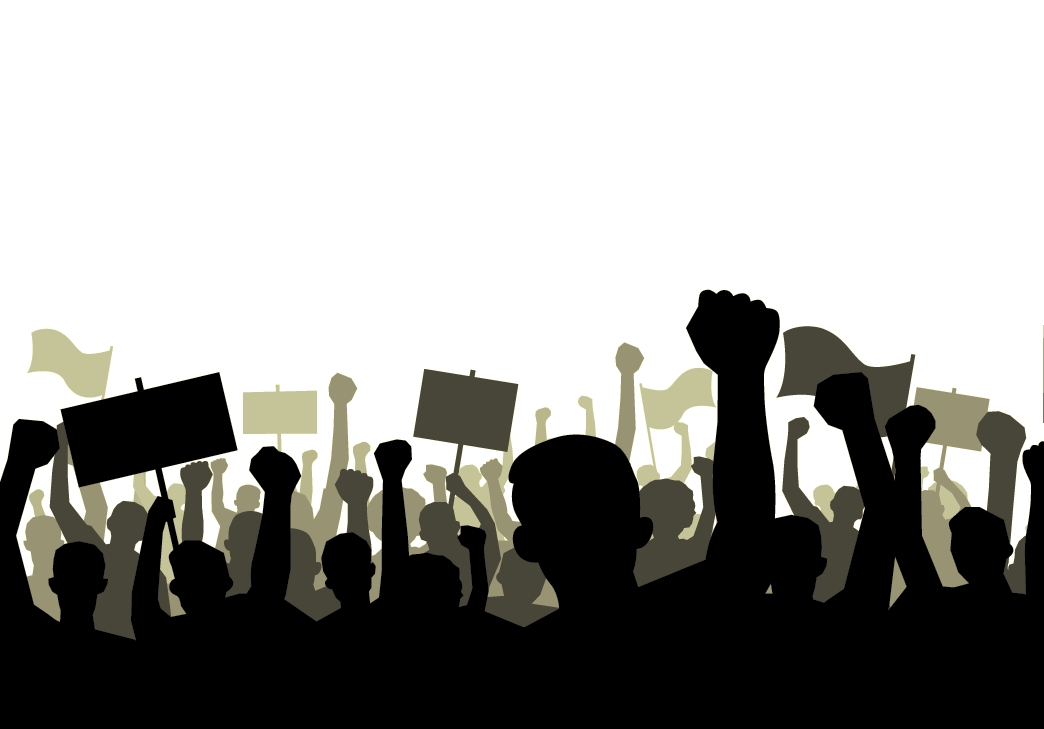



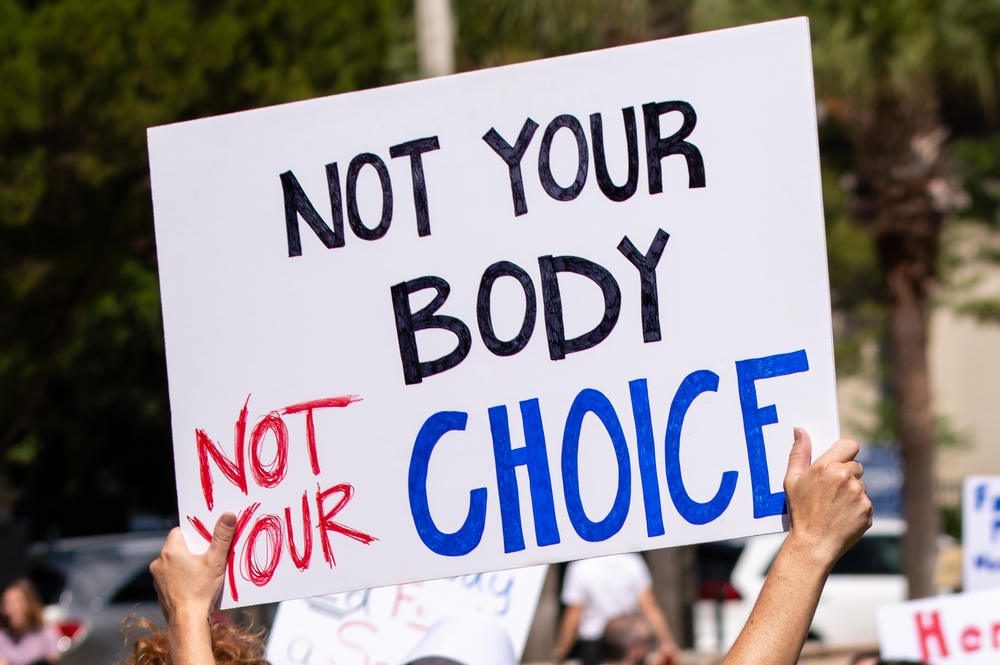


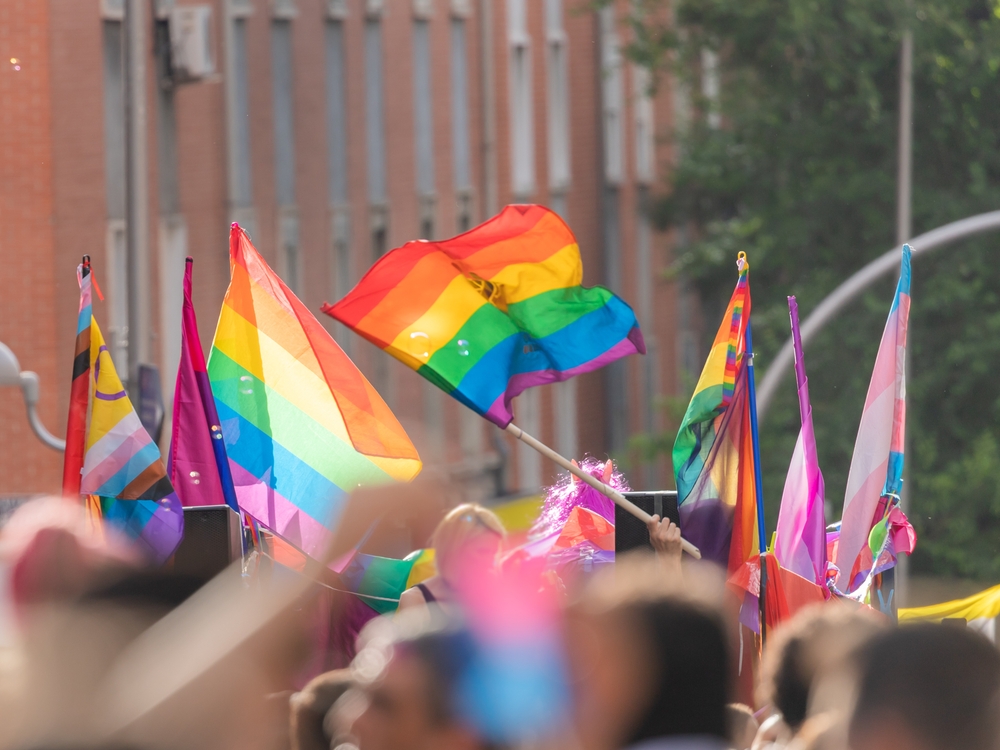
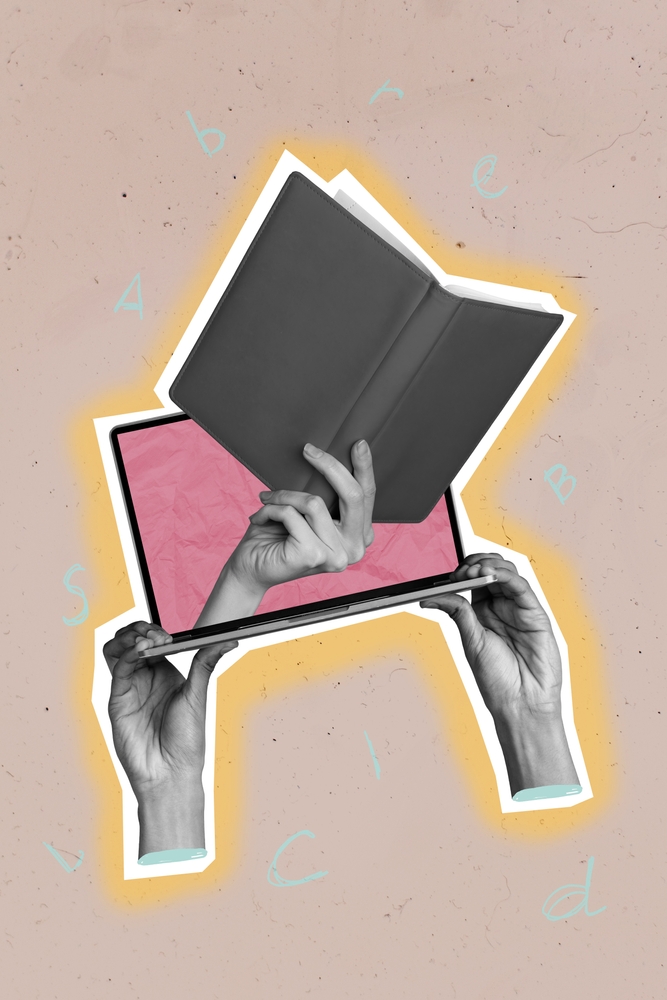

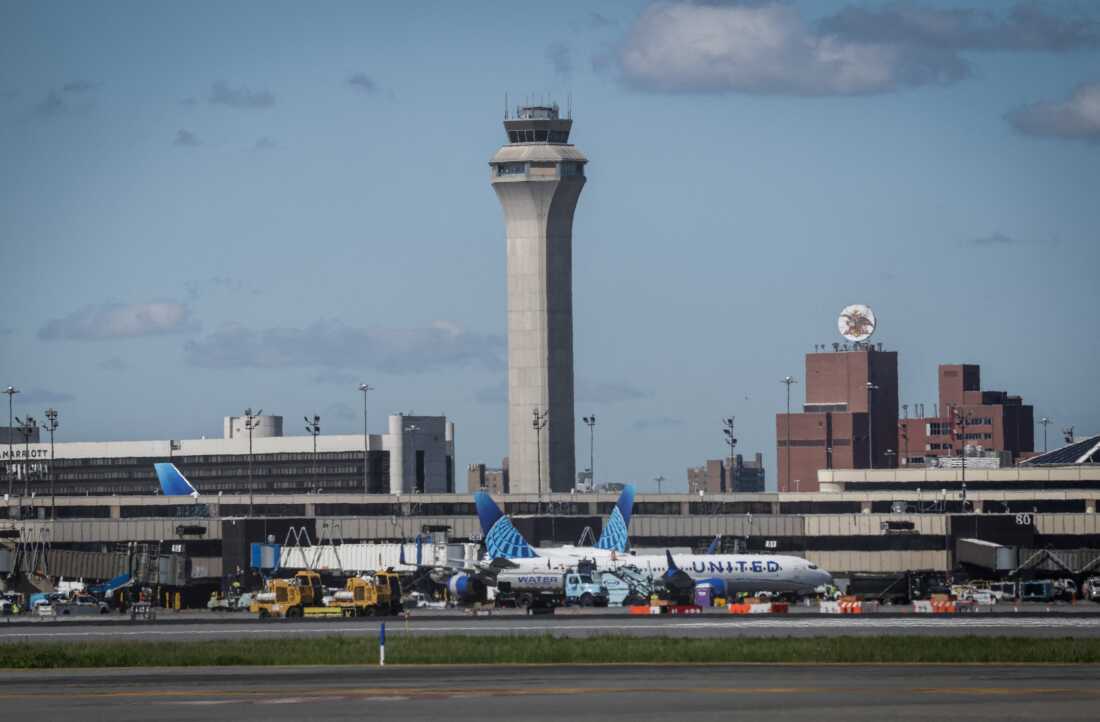



Fynn • Oct 29, 2024 at 11:06 pm
Thanks for this insight.
Cori • Oct 29, 2024 at 11:05 pm
Wow! So interesting.